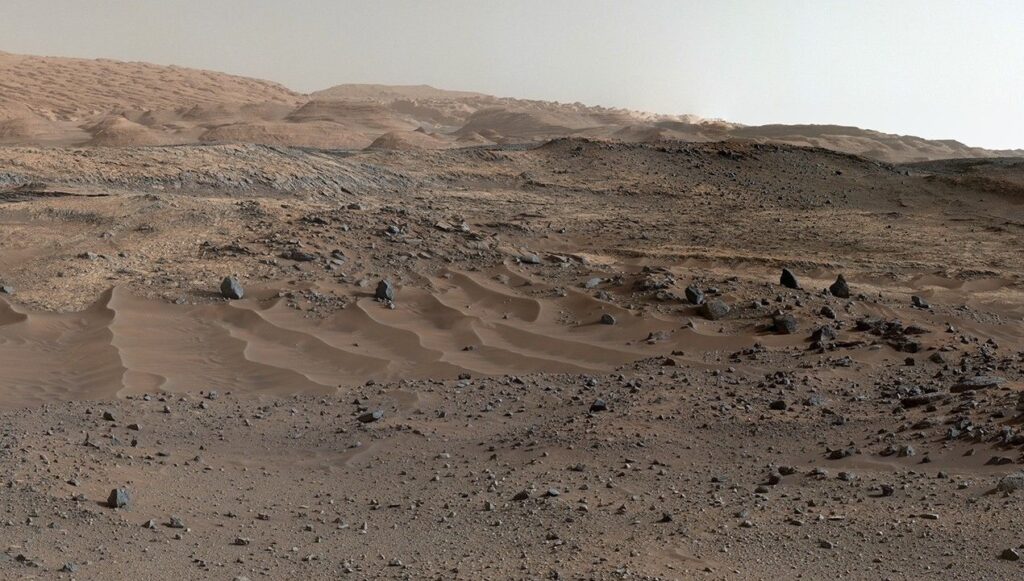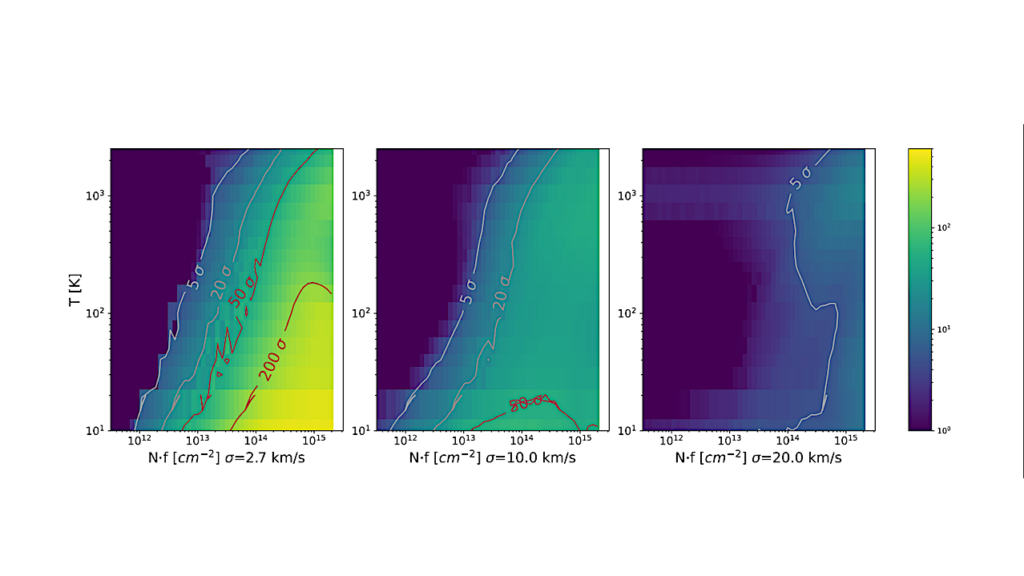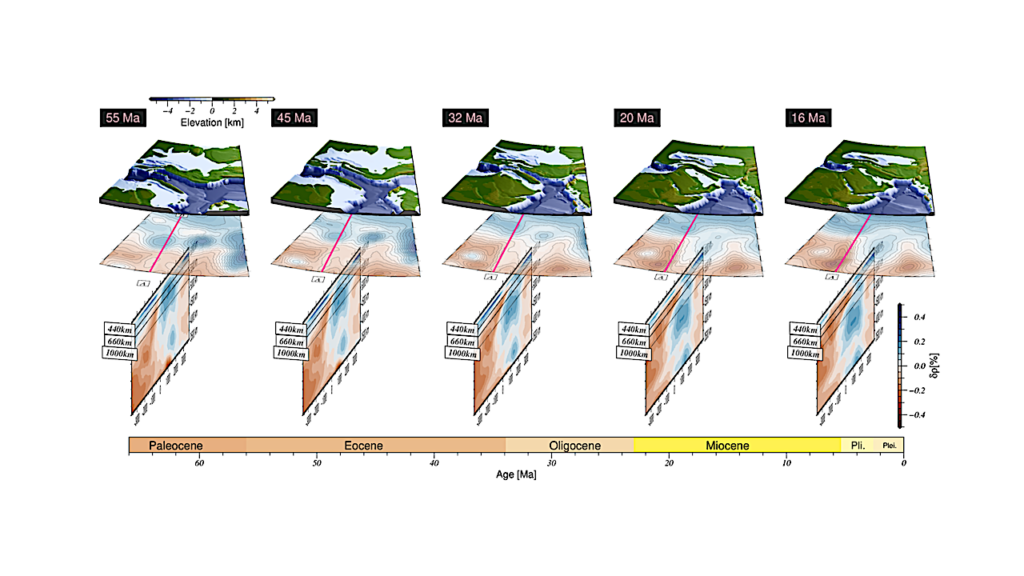A Tale Of Two Red Planets

Around the equator, for example, vast networks of channels spread from Martian highlands, branching like trees and emptying into lakes and even, possibly, an ocean. NASA’s Perseverance rover, which landed on Mars in 2021, is currently exploring Jezero Crater, the site of one such ancient lake. During the Noachian, a powerful river emptied into this region, depositing a delta on top of the crater floor.
“You’d need meters deep of flowing water to deposit those kinds of boulders,” said Brian Hynek, senior author of the study and a scientist at the Laboratory for Atmospheric and Space Physics (LASP) at CU Boulder.
To study that ancient past, he and Steckel, who now serves on the Perseverance science team, created, essentially, a digital version of a portion of Mars.
The team drew on a computer simulation, or model, originally developed for Earth studies by study co-author Gregory Tucker, a professor at the Department of Geological Sciences at CU Boulder. Matthew Rossi, a research scientist at the Cooperative Institute for Research in Environmental Sciences (CIRES) at CU Boulder, also served as a co-author.
The researchers used the software to model the evolution of the landscape on synthetic terrain that resembles Mars close to its equator. In some cases, the group added water to that terrain from falling precipitation. In other cases, the researchers included melting ice caps. Then, in the simulation, they let the water flow for tens to hundreds of thousands of years.
The researchers examined the patterns that formed as a result and, specifically, where the headwaters feeding Mars’ branching valleys emerged. The scenarios produced very different planets: In the case of melting ice caps, those valley heads formed largely at high elevations, roughly around the edge of where the ancient ice sat. In the precipitation examples, Martian headwaters were much more widespread, forming at elevations ranging from below the planet’s average surface to more than 11,000 feet high.
“Water from these ice caps starts to form valleys only around a narrow band of elevations,” Steckel said. “Whereas if you have distributed precipitation, you can have valley heads forming everywhere.”
The team then compared those predictions to actual data from Mars taken by NASA’s Mars Global Surveyor and Mars Odyssey spacecrafts. The simulations that included precipitation lined up more closely with the real Red Planet.
The researchers are quick to point out that the results aren’t the final word on Mars’ ancient climate—in particular, how the planet managed to stay warm enough to support snow or rain still isn’t clear. But Hynek said the study provides scientists with new insights into the history of another planet: our own.
“Once the erosion from flowing water stopped, Mars almost got frozen in time and probably still looks a lot like Earth did 3.5 billion years ago,” he said.
Landscape Evolution Models of Incision on Mars: Implications for the Ancient Climate, Journal of Geophysical Research: Planets.
Astrobiology








